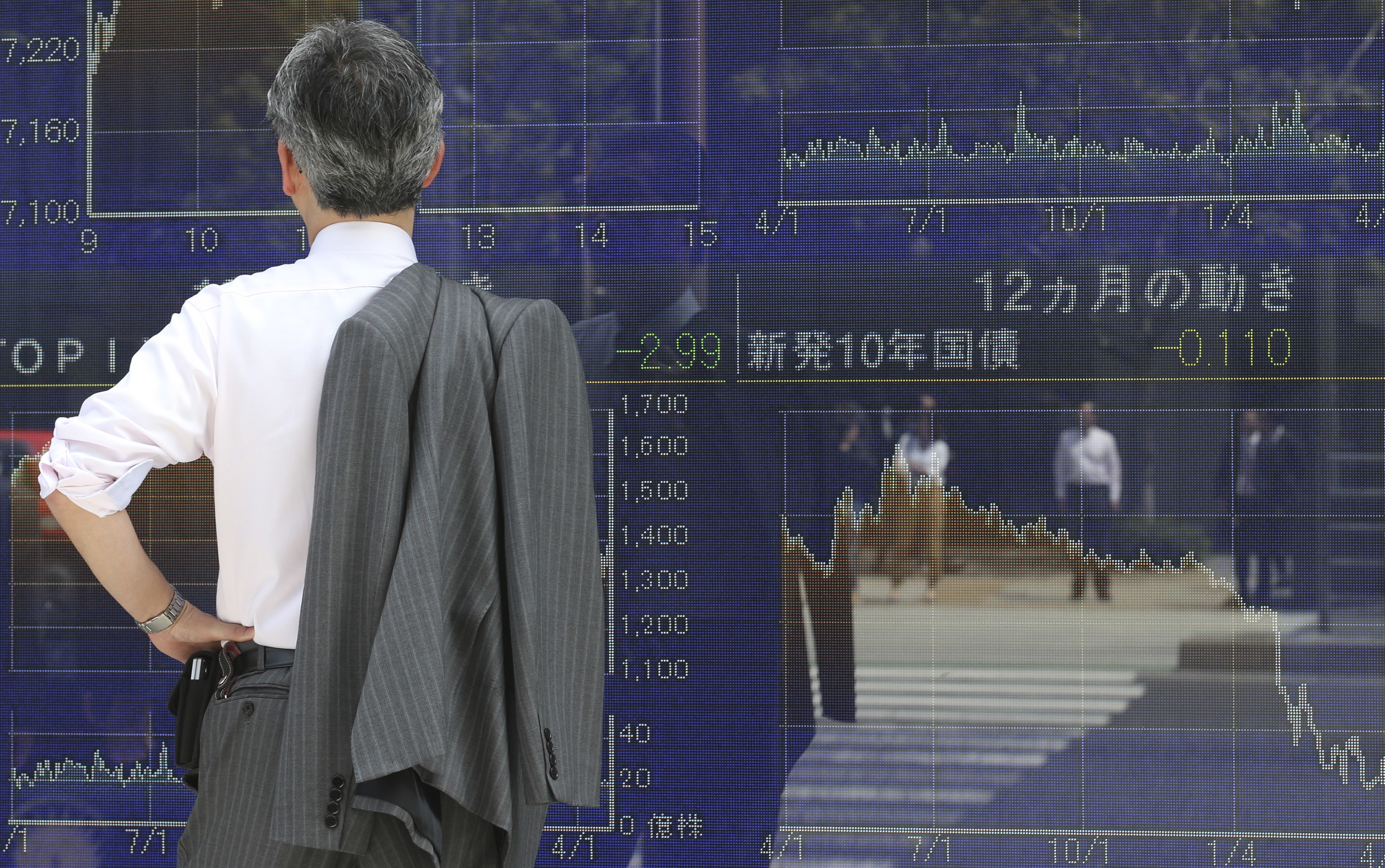Having adopted a negative interest rate on some excess reserves to penalize financial institutions for leaving money idle, the Bank of Japan may consider helping them lend by offering a negative rate on some loans, according to people familiar with talks at the BOJ.
Such a discussion could happen in conjunction with any decision to make a deeper cut to the current negative rate on reserves, said the people, who asked not to be named as the matter is private. The BOJ's Stimulating Bank Lending Facility, which now offers loans at zero percent interest, would be the most likely vehicle for this option, they said.
The officials said that adding this to the central bank's arsenal could have a positive impact on the economy, but would also raise questions about giving subsidies to commercial lenders. Financial institutions, which already feel penalized by the existing negative rate, could face demands from borrowers to cut their lending margins further, said the people.



















With your current subscription plan you can comment on stories. However, before writing your first comment, please create a display name in the Profile section of your subscriber account page.